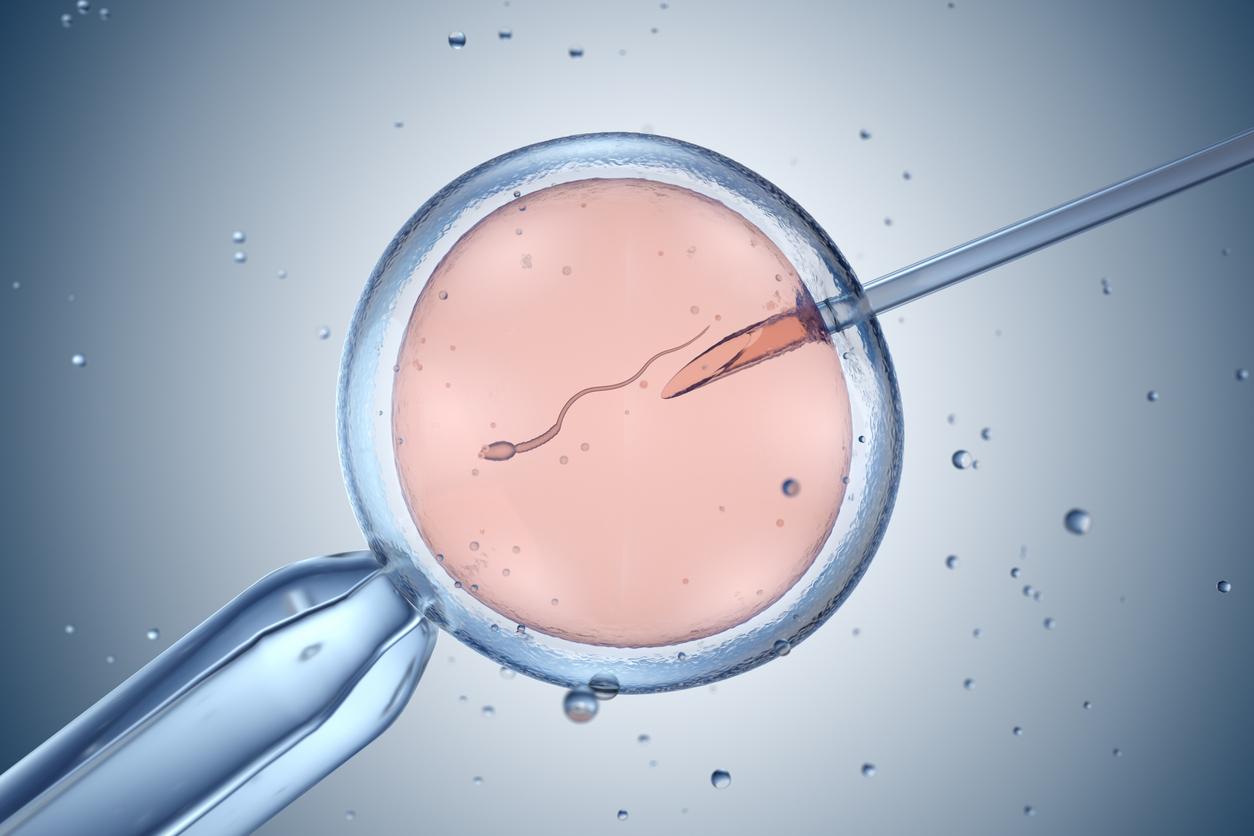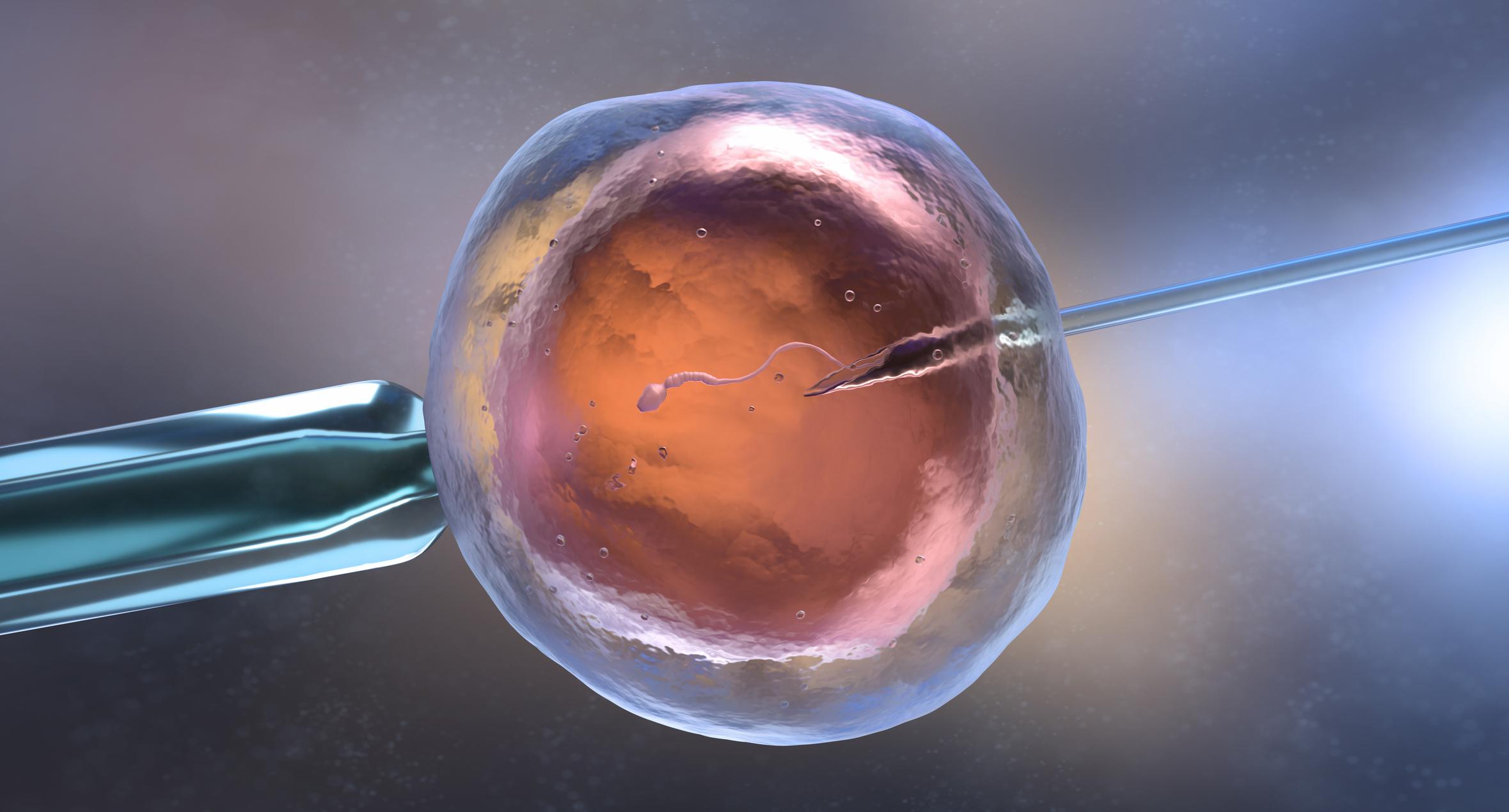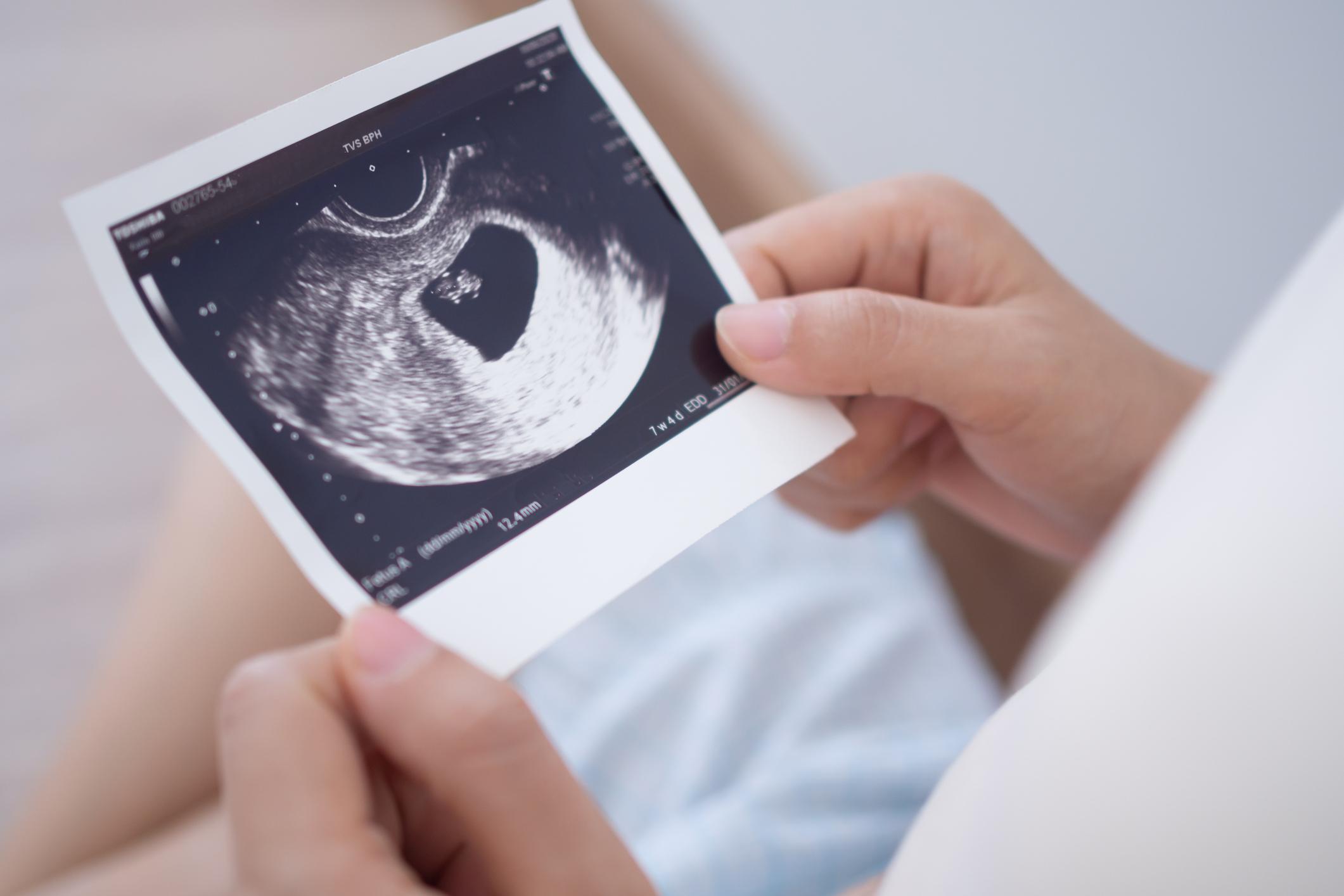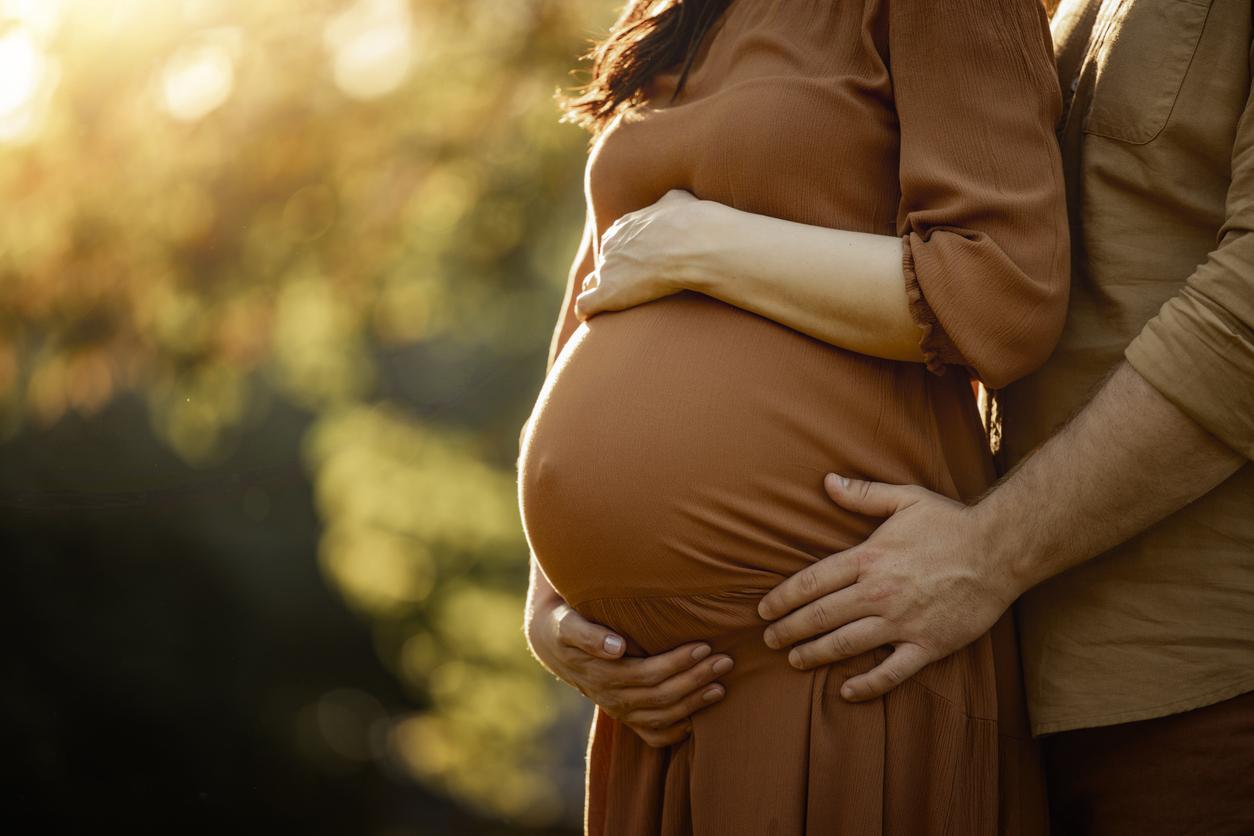According to 2 studies published in the New England Journal of Medicine, the success rate in women undergoing in vitro fertilization (IVF) is the same whether the embryos are fresh or frozen.
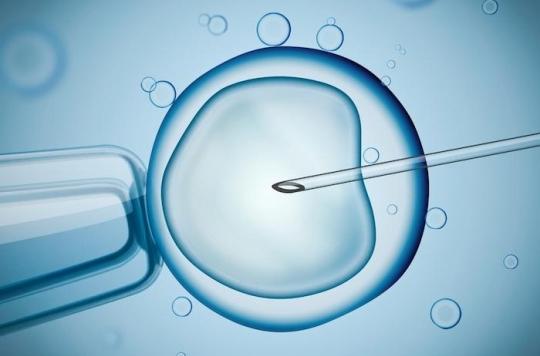
Women having recourse to in vitro fertilization can have fresh embryos’, that is to say, obtained during current stimulation and carried out in vitro, or frozen, that is to say embryos obtained during previous ovarian stimulation, or for example in the case of chemotherapy with ovarian toxicity.
An international team of researchers compared the success rate for these two types of embryos. And the results of the study are published by the New England Journal of Medicine.
Differences depending on a woman’s ovulation
The success rate is similar, but only if the women ovulate normally. Because infertility can be caused by a multitude of problems, including weight problems, stress or a poor lifestyle.
2157 women with normal ovulation participated in the study. They were drawn at random to receive their fresh or frozen embryos. There is no difference in the birth rate: 48.8% for frozen embryos. 50.2% for fresh embryos (the figures are not statistically different).
Adapt the type of IVF to each patient
On the other hand, in women with polycystic ovary syndrome, the use of frozen embryos increases the chances of pregnancy and birth.
“This is an important finding and separate from our previous study on IVF. It suggests that one type of IVF is not suitable for all women, so it should be based on the specific characteristics of the patient, ”says Richard S. Legro, professor of obstetrics and gynecology at Penn State College of Medicine. .
Fewer complications with frozen embryos
From the perspective of preventing complications from ovarian stimulation and IVF, however, researchers favor frozen embryos.
With these, there would be less risk of developing ovarian hyperstimulation syndrome (OHS), a fairly common complication that can lead to weight gain, significant fluid effusions or kidney failure. In the most severe cases, there is even a risk of serious illness or death.
.








